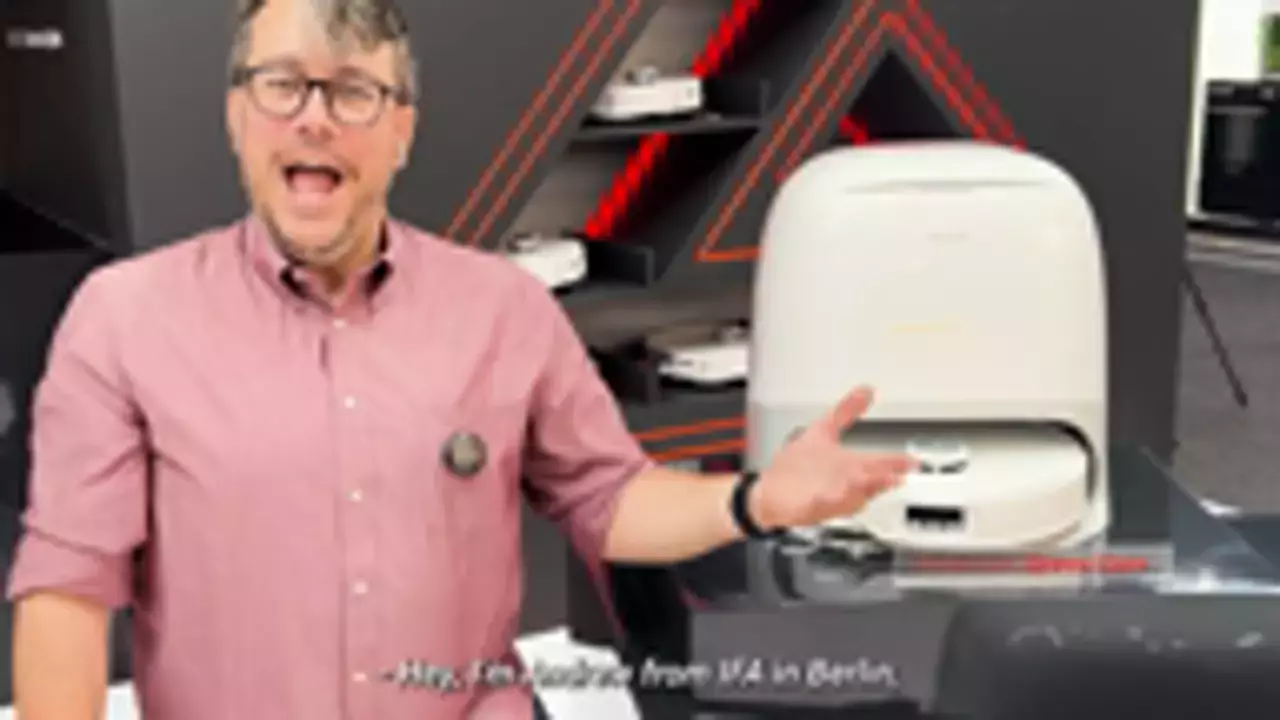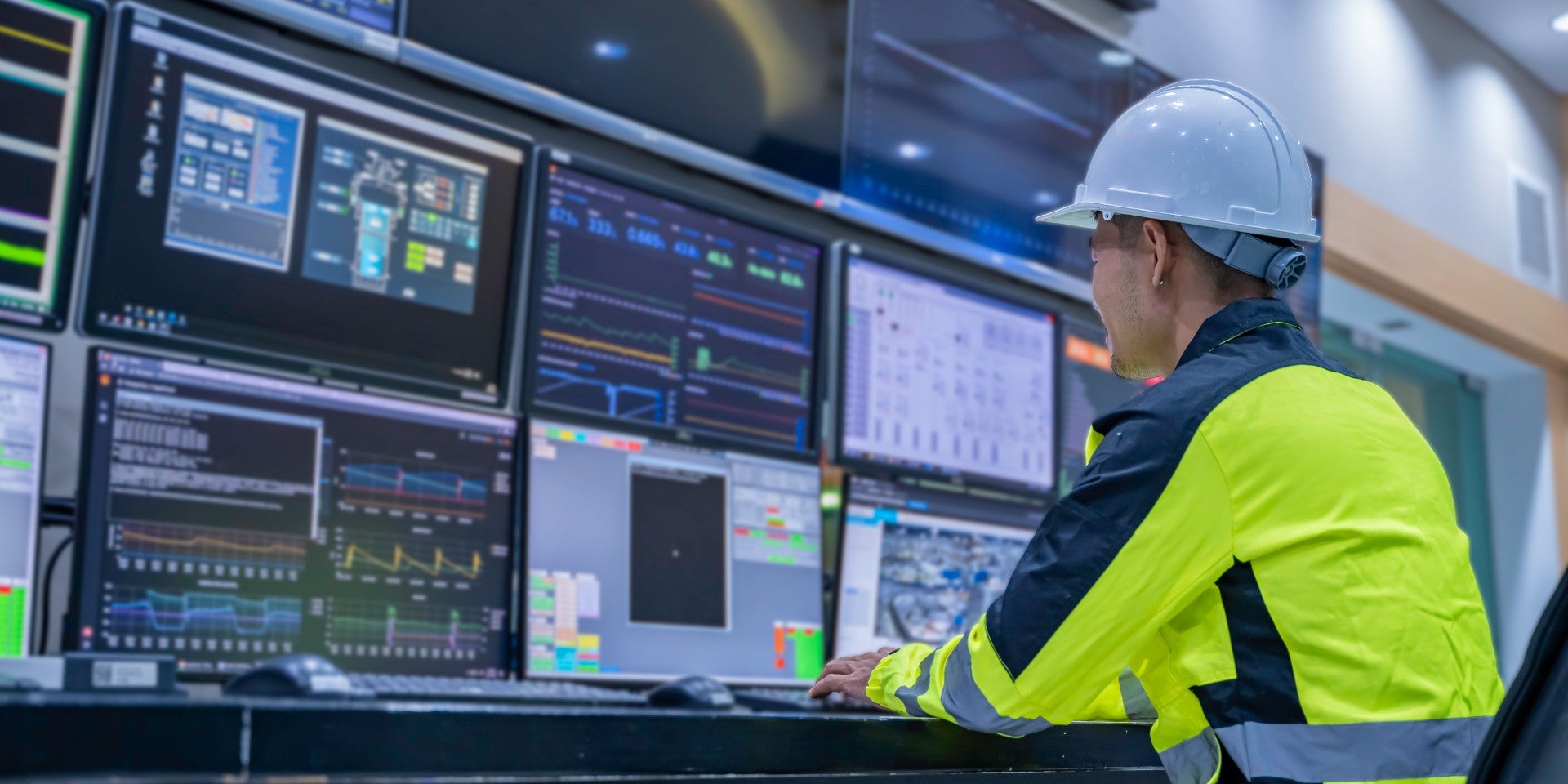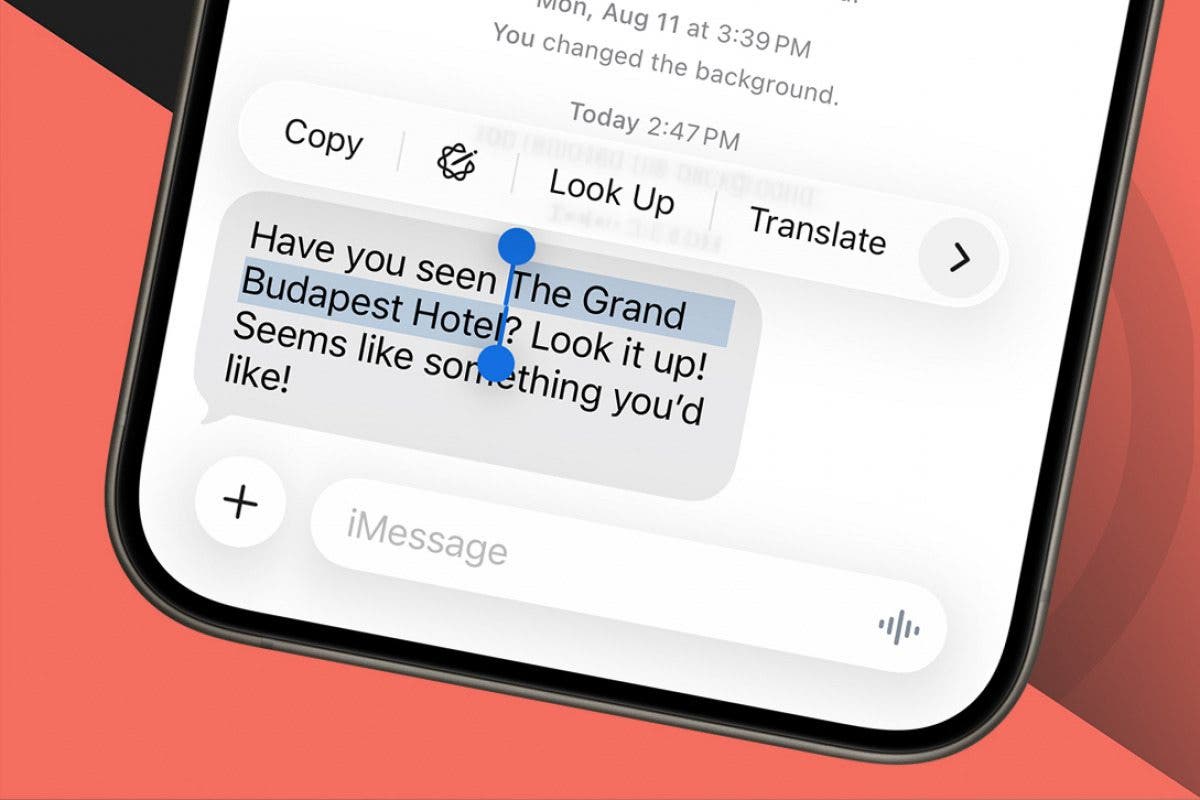The robot vacuum category excites me more than any other kind of consumer electronics right now. Other kinds can settle into a groove without shaking things up too much from one generation to the next, but robot vacuum companies constantly push the field forward with impressive new features.
The Roborock Saros Z70 won PCMag’s Best of CES award earlier this year by doing just that. Its retractable arm stands to categorically expand the functionality of robot vacuums by allowing them to pick up after you while also cleaning your floors. However, as I noted in my review, the feature still needs a generation or two of development to live up to its potential. The robot arm is cool and interesting, while simultaneously being unpolished and disappointing.
That initial disappointment can often happen with fast-moving technology. Although robot arms might not be ready for broad rollout yet, other, less splashy features have debuted recently that genuinely push the category forward and are worth buying now. Here are my favorite recent robot vacuum innovations that might have flown under your radar.
The Best Robot Vacuums We’ve Tested
1. A Self-Cleaning Roller Mop
Robot mops have made significant progress in recent years, evolving from simple damp pads being dragged behind a robot vacuum to spinning pads with actual scrubbing power and now rolling pads.
The roller mop is a seemingly simple innovation we first saw at CES in 2024 and has finally proliferated to a few retail-ready models this year—including our current Editors’ Choice for premium robot vacuums, the Ecovacs Deebot X8 Pro Omni ($1,399.99).

The roller mop on the Ecovacs Deebot X8 Pro Omni (Credit: Andrew Gebhart)
At a glance, the roller mop looks like a paint roller. It spins while the robot applies downward pressure to increase scrubbing power. As the mop spins, the robot scrapes off any collected dirt, transfers it into a separate reservoir, and reapplies clean water to the roller. In other words, the robot continuously refreshes the roller as it cleans your floors, a big advantage over other robot mop designs.
In practice, this system works quite well. The Ecovacs Deebot X8 Pro Omni aced my mopping stress test, in which I spread a quarter-ounce of raspberry jelly on my kitchen floor to see how much of the sticky substance the mop removes. The X8 got almost all of it, and because of the roller mop’s continuous self-cleaning capabilities, it didn’t spread any seeds or stickiness to other parts of the floor.
The successful implementation of this feature isn’t just limited to one model. The Eufy Omni E28 ($999.99) and the Ecovacs Deebot X9 Pro Omni ($1,599.99) each have their own strengths and weaknesses, but both feature a roller mop design and aced my mopping stress test. In short order, this new feature has become a personal favorite to look for if you want a robot mop to keep your floors clean and limit cross-contamination.
The Best Models We’ve Tested With a Self-Cleaning Roller Mop
2. A Climbing Chassis
Although Roborock’s robot arm still needs more time to cook, a different feature the company debuted at IFA this past fall is already making a noticeable difference on its premium models. Roborock calls it the AdaptiLift Chassis, and it allows the robot to lift itself up and over thresholds to reach all areas of a multi-tiered floor plan.


Hands On With Roborock’s Climbing Robot Vacuum at IFA 2024
I first tested the feature on the Roborock Qrevo Curv ($1,599.99). That robot’s two main side wheels can independently lift the body up to 0.4 inches off the ground. The front omni-wheel also lifts, allowing the robot to clear steps or thresholds as tall as 1.6 inches. Roborock says the feature doesn’t allow the robot to climb a staircase, but it’s a step in that direction. As is, the AdaptiLift Chassis makes it easier for those with offset floor plans to set and forget their robot cleaner.

The Qrevo Curv never got stuck during testing (Credit: Andrew Gebhart)
The AdaptiLift Chassis might seem like a niche feature, but I found that it offers a potentially helpful side benefit even without a multi-tiered floor: In my testing, the Roborock Qrevo Curv was one of the few models that never once got stuck. While you could write off one such example as a fluke, the Roborock Saros 10 ($1,599.99) launched earlier this year with the same feature, and again, it never got stuck in my testing.
The robot’s ability to hurdle tall thresholds also helps it evade cords and stray obstacles that could easily halt a machine without this feature. Dreame and Ecovacs also now have models that can lift their own chassis, and the feature could become a must-have on premium models if testing continues to show it helps robots clean more and get stuck less.

Get Our Best Stories!
Your Daily Dose of Our Top Tech News

By clicking Sign Me Up, you confirm you are 16+ and agree to our Terms of Use and Privacy Policy.
Thanks for signing up!
Your subscription has been confirmed. Keep an eye on your inbox!
The Best Models We’ve Tested With a Climbing Chassis
3. A Dirt-Compacting Dustbin
Prior to the Roomba 205 ($469.99), you had two primary options for robot vacuum dustbin maintenance. You could either get a self-emptying model with a large, often unsightly base station, or go with a basic product that takes up less space but requires manual emptying after nearly every single run.
The Roomba 205 comes with a tiny base station meant solely for charging, and it can store dirt on its own for up to 60 days of use. It pulls off this trick thanks to a large internal dustbin with a plastic fin that compacts collected dirt inside. The 205’s built-in dust compactor mimics the convenience of a self-emptying dustbin while being much more economical with the space required for its base station. The feature works well, keeping the dust and pet hair pressed to one side of the bin so the vacuum can make multiple cleaning runs without running out of space.

The compacting fin in the Roomba 205’s dustbin (Credit: Andrew Gebhart)
A well-implemented self-emptying dustbin still has the advantage for allergy sufferers, as you simply need to swap disposable bags when they’re full, and the bags seal themselves when removed from the base. With the 205, you still need to empty the bin into the trash yourself after 60 days, and you’ll come in contact with some dust when doing so. On the other hand, you don’t have to buy bags for the 205, which is more economical if you don’t mind the occasional exposure to allergens.
Roomba’s dust compactor feature is still very new and hasn’t yet spread to other big brands, though smaller companies like 3i have replicated it. The feature might not benefit every robot vacuum as much as a roller mop or a self-lifting chassis, because a big base station is still necessary if you want a hybrid robot floor cleaner that washes its own mop.
But base stations with automatic mop washing are currently reserved for premium models, so the dust compactor might roll out to more affordable robots first, whereas the other features on this list might take years to proliferate to budget-friendly models. Similar tech could also boost the lifespan of bags or bins in premium base stations. For now, even if it doesn’t make sense on every model, the dust compactor is a welcome development.
Recommended by Our Editors
What Other New Features Are Coming to Robotic Cleaners?
The three features above are already well implemented in robot vacuums available now, but I’ll mention two others that could help define the category in the near term and beyond. Circling back to the robot arm, if Roborock iterates and polishes it to the point where it can reliably pick up stray trash, toys, and knickknacks, it’ll help robot vacuums move into true multipurpose territory. Your future robot vacuum could become a genuine robot butler.
After all, lots of other new robot vacuum features fell flat at first. The first passes at robot vacuum navigation were primitive. Robot mops stunk at scrubbing for years. Even as vacuums, they used to be vastly inferior to manually doing the job with an upright or a cordless.

Roborock’s robot arm is too expensive and unwieldy, for now (Credit: Andrew Gebhart)
The other new feature I’m watching is Ecovacs’ Blast vacuuming, where “blast” is an acronym for boosted large-airflow suction technology.
For years, robot vacuum makers have focused on enhancing cleaning performance by raising suction power, typically measured in Pascals (Pa). Although more power is indeed a good thing, Pa is an unreliable metric for gauging real-world cleaning performance. Blast reduces the reliance on raw suction power and focuses instead on optimizing the engine and intake design for increased airflow. The result was better performance on our stubborn debris pickup stress test, when comparing the Ecovacs model with Blast (the Deebot X9 Pro Omni) against one without (the Deebot X8 Pro Omni).

With its Blast vaccum system, the Deebot X9 excels at stubborn debris pickup (Credit: Andrew Gebhart)
For everyday debris pickup, Blast didn’t make enough of a difference in performance to be worth the premium in price. Nonetheless, while not a game-changer yet, improving airflow and not just suction power could boost cleaning performance in the long run. I mentioned that robot vacuums have historically lagged behind manual vacuuming and mopping methods. They’ve caught up to an extent, but Blast, or at least the philosophy of optimizing airflow, could help make up the rest of the difference.
I’m already excited to see what the future holds for robot arms and optimized airflow systems, but I’m sure the next generation of robot vacuums will have even more surprises in store. Some features will miss, for sure, but others will plant the seeds for or even achieve the next big categorical leap.
In the meantime, check out our list of the best robot vacuums we have tested that are available for purchase now. To further narrow your search, we also have lists of the best self-emptying robot vacuums and our favorite sub-$300 models.
About Andrew Gebhart
Senior Analyst, Smart Home and Wearables



















